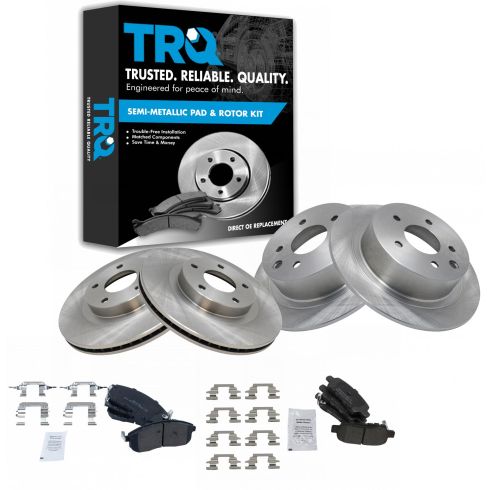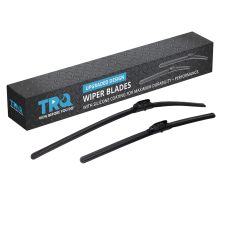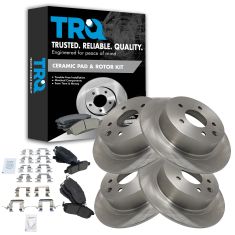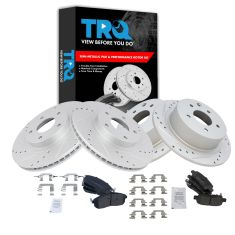1ABFS01219-Nissan Altima Front & Rear Semi-Metallic Brake Pad & Rotor Kit TRQ BKA11068













Replaces
2002 Nissan Altima Front & Rear Semi-Metallic Brake Pad & Rotor Kit TRQ BKA11068







Recommended for your 2002 Nissan Altima
Product Reviews
Loading reviews
Customer Q&A
No questions have been asked about this item.
Nissan is a registered trademark of Nissan Motor Co., Ltd. 1A Auto is not affiliated with or sponsored by Nissan or Nissan Motor Co., Ltd.
See all trademarks.





















